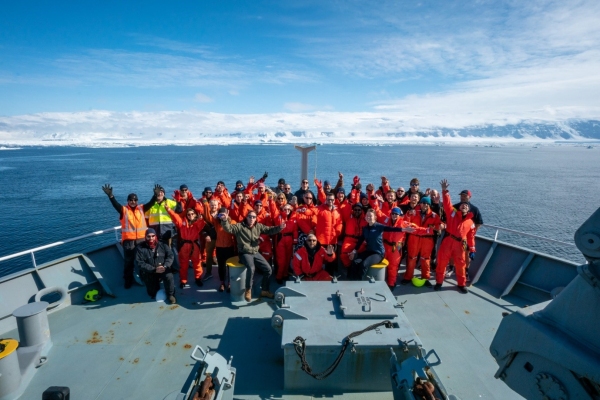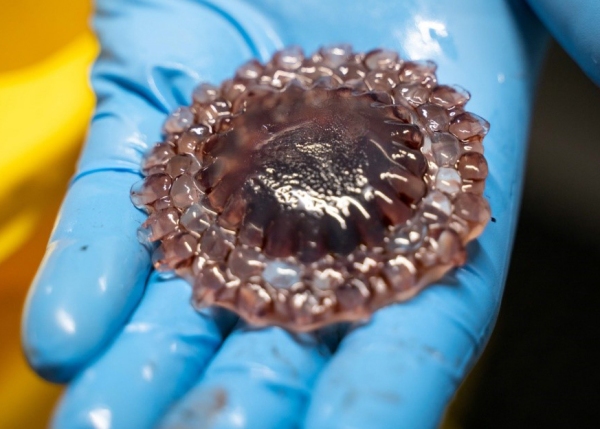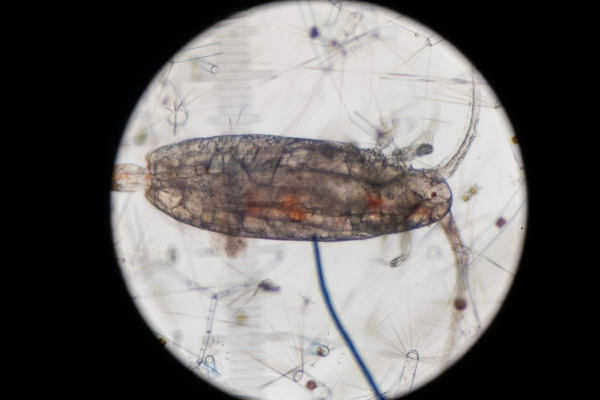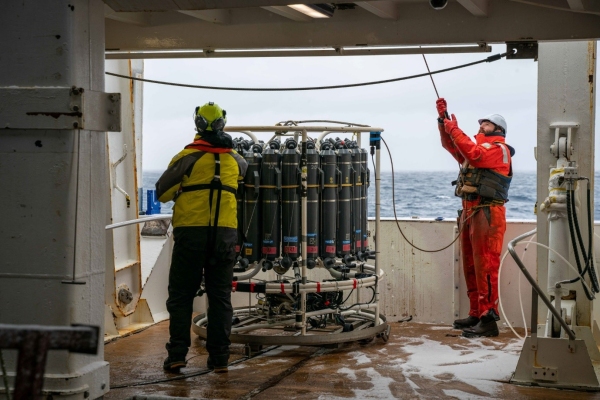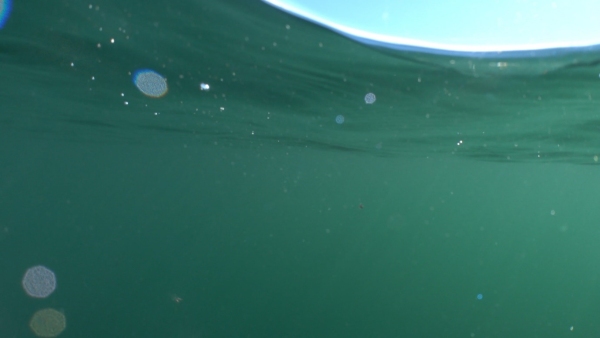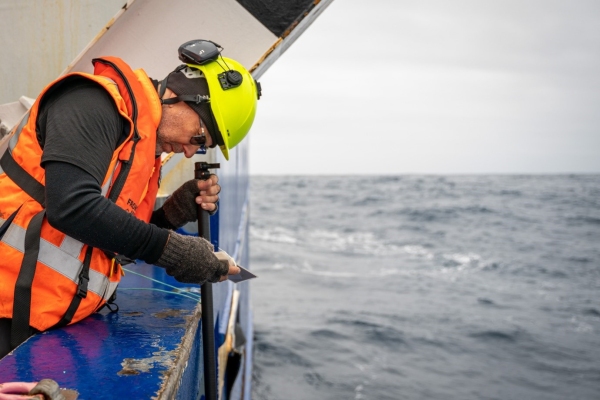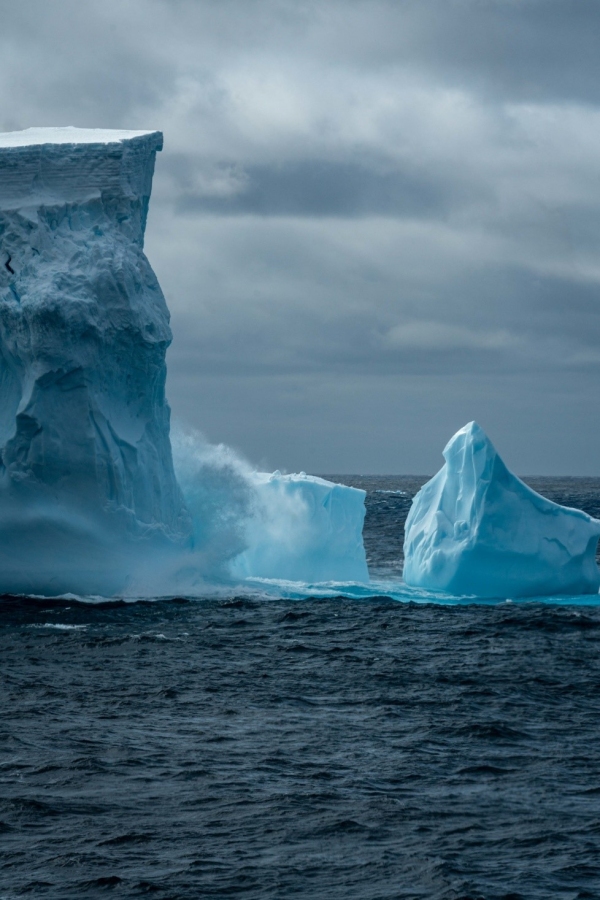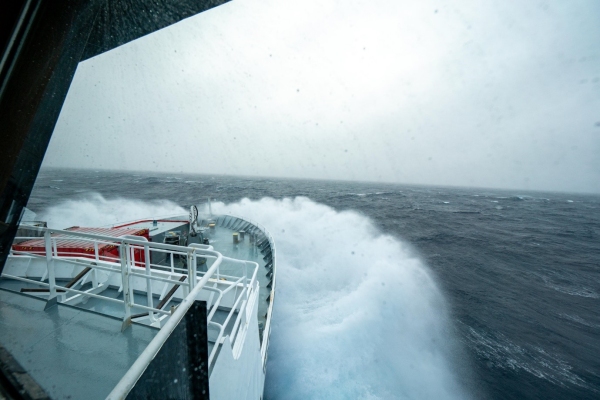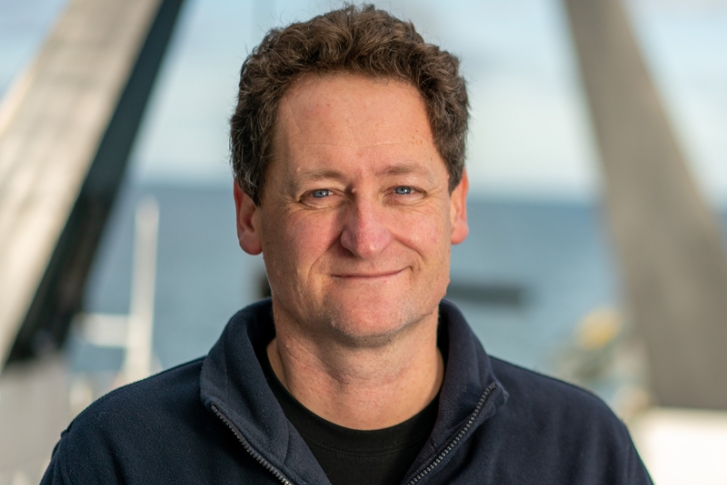Hi all,
Day 34 of the Ross Sea Life in a Changing Climate (ReLiCC) 2021 voyage on RV Tangaroa. We are back in New Zealand waters and due to arrive in Wellington on the morning of Monday 15 Feb.
Most of the sample collection has now finished and we are wrapping up experiments and into clean-up and report writing mode. The voyage has successfully ticked off each of its 9 objectives and achieved its main aim of increasing our knowledge about key environmental and biological processes in the Ross Sea region.
Although most people associate Antarctica with its larger inhabitants like penguins and whales (or in my case silverfish!) a lot of the research on this voyage has focused on the tiniest animals and plants. More than half the science team have been collecting, filtering, and culturing seawater to try and understand the composition of the microbial and plant- (phyto-) plankton communities and the physical, chemical and biological processes that effect these communities. This is important because marine phytoplankton are responsible for around 50% of global primary production. Through photosynthesis they take CO2 out of the atmosphere, use (fix) the carbon in their cells, and let off oxygen. Like a mini rainforest, phytoplankton therefore help to provide the air that we breathe! But half of the carbon that is fixed by marine phytoplankton during photosynthesis is processed (‘eaten’) by microbes (microzooplankton and bacterioplankton), which respire, recycling most of this carbon back into CO2 that is then released back into the atmosphere. Another fraction of photosynthetically-fixed carbon sinks to the ocean's interior. Understanding what controls the diversity, production and carbon cycling of these tiny organisms is therefore critical to predict the impact of climate change in the Southern Ocean region.
We collected water at about 8 am every day while south of 60 S - from 15 January to 9 February - using a conductivity-temperature-depth profiler (CTD). This instrument measures the physical properties of the water (temperature, salinity, fluorescence, dissolved oxygen, etc.) as it is lowered on a conducting wire. Associated with the CTD is an array of 24 10-L bottles arranged in a circular pattern called a ‘rosette’. These bottles are open as they are lowered, then closed by remote trigger on the way back up to collect water from different depths. When the CTD comes back up NIWA scientist Andres Gutierrez-Rodriguez and his team cluster round the rosette to drain the water. This water then gets taken to various labs around the ship for a range of different measurements and incubation experiments. And a little water goes a long way! As an example, on this trip we did 26 trawls targeting midwater fish. Our total catch of just under 800 kg was made up of 47 different species or groups. Using powerful microscopes we are finding more species than that in just 1 drop of seawater! And there may be tens of thousands of individuals. Not all can be recognised under a microscope, so samples are being collected for genetic analysis (‘DNA fingerprinting’) to confirm what species are there.
Even those of us that don’t get excited by things at such a tiny scale have had a vivid illustration of their importance. From 3-5 February we zig-zagged east around the latitude of 75 S. In doing this we crossed a huge bloom of phytoplankton that turned the upper 20 m or so of ocean green. These blooms occur in the Ross Sea every spring and summer driven by the nutrient-rich water and 24-hour daylight that allows the tiny plants to grow. And every winter as the region is covered by sea-ice and descends into dark the phytoplankton that has not been eaten by zooplankton and bacterioplankton, die and sink to the sea-bed. This not only provides food for animals on the sea-bed (like the swimming feather stars we saw on DTIS), but is an important ‘sink’ removing CO2 from the atmosphere.
The cycles and processes occurring in the Antarctic and their dependence on light and nutrients have repercussions for the entire planet. For example, light availability is impacted by ice cover and mixing depth. Nutrients (like iron) are sourced from sea ice, sediment, ice-shelf meltwater, and upwelling circumpolar bottom water. Understanding these drivers and how they relate to the phytoplankton biomass and species composition is critical to robust modelling to determine how the region will respond to climate change. Since leaving Wellington on 10 January, we have travelled more than 11,000 km. Remarkably, for most of this time the weather has been relatively good, with only light to moderate winds. This has allowed us to carry on our science programme uninterrupted. We did get a reminder of the power of the Southern Ocean on Monday evening though when winds peaked at 68 knots (125 km/hour) with swells exceeding 6 metres forcing us to slow down and alter course. Since then we’ve had a good run north
Air temperatures in the Ross Sea region were generally in the range of -2 to +1 °C, with a minimum of -3.8 °C. Surface seawater temperatures were relatively warm (by Antarctic standards, not for swimming) in the range -0.8 to 2.6 °C.
I’ve mentioned our issues with ice in previous updates, but we passed happily through a gap through the remaining sea-ice getting out of the Ross Sea polynya on 6 January. There were lots (hundreds) of icebergs this year and they were a constant companion throughout the voyage. We saw the last iceberg disappear off the radar screen on Tuesday afternoon at 62° S. It always causes me to smile that the first iceberg on any voyage gets photographed hundreds of times, but people can be barely bothered to pick up their cameras for a spectacular iceberg on Day 30!
These weekly updates have been focused on the science programme, but I can’t finish this final update without mentioning the Tangaroa crew. The seven deckhands led by Glen Walker and Shane Harvey have been outside in all conditions doing whatever we asked them to do. Together we deployed bits of gear over the side 187 times without incident. The officers led by Daniel Hayward (master) and ice pilot Evan Solly got us there and (now nearly) back safely and their boat-driving expertise allowed us to use sensitive camera systems like the DTIS in the sometimes fierce currents. The three engineers led by Charles Perera kept the ship and its systems running in the freezing temperatures. Grant Wilkinson and Stuart Ratlidge in the galley (kitchen) kept putting on delicious meals three times a day (and Stuart took some amazing photos as well). And Leila Kelly, the steward, was just so happy to be in Antarctica - her enthusiasm was contagious!
We’re berthing at Burnham Wharf and will be unloading Monday through Wednesday. From next week I’ll be back on my usual NWA e-mail of [email protected]. Thanks again to the scientists aboard, the Tangaroa crew, the funding agencies, and the vast support network ashore (including many of you) that have made the ReLiCC voyage possible. We look forward to sharing our results with you in the months and years to come. Best wishes, Richard

